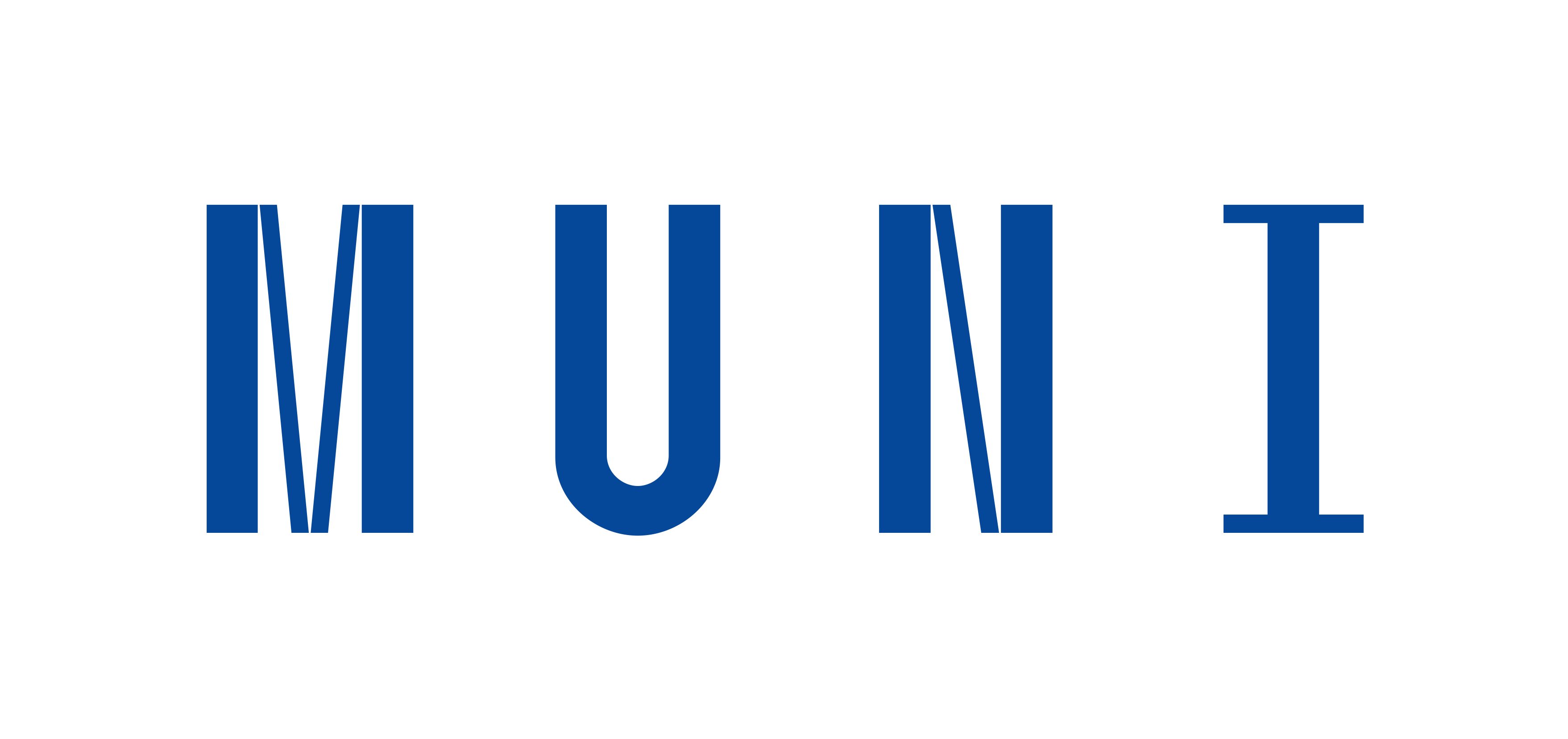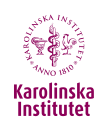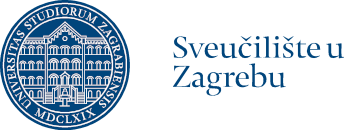LEANbody Events
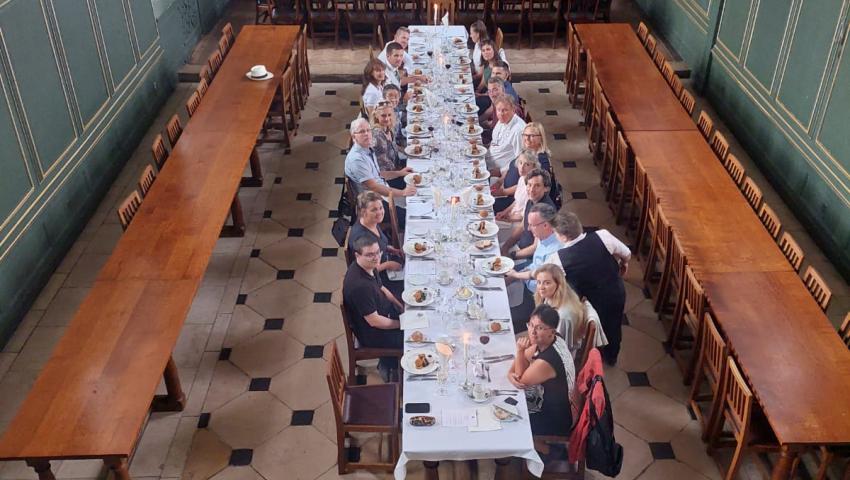
We organized project events in the participating Central-European Countries (Czechia, Croatia, Hungary) and in the United Kingdom. Learning, Teaching, and Training Actions were organised in Cambridge and Pécs. Multiplier and dissemination events were organised within annual meetings of national anatomical societies of these countries which had a high added value not only for the partnership but also for the regional anatomy teaching communities and a wider medical academic community.
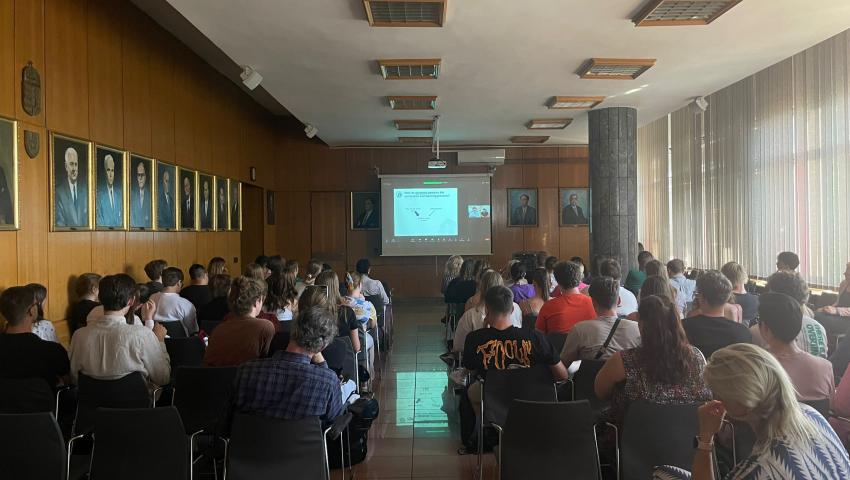
The following events were organised within the LEANbody project:
In-person Project Management meetings for project coordinators:
1. Kick-off meeting in Brno - 12. 2021
2. In-progress meeting in Pécs – 04. 2024
3. Closing meeting in Zagreb – 09. 2024
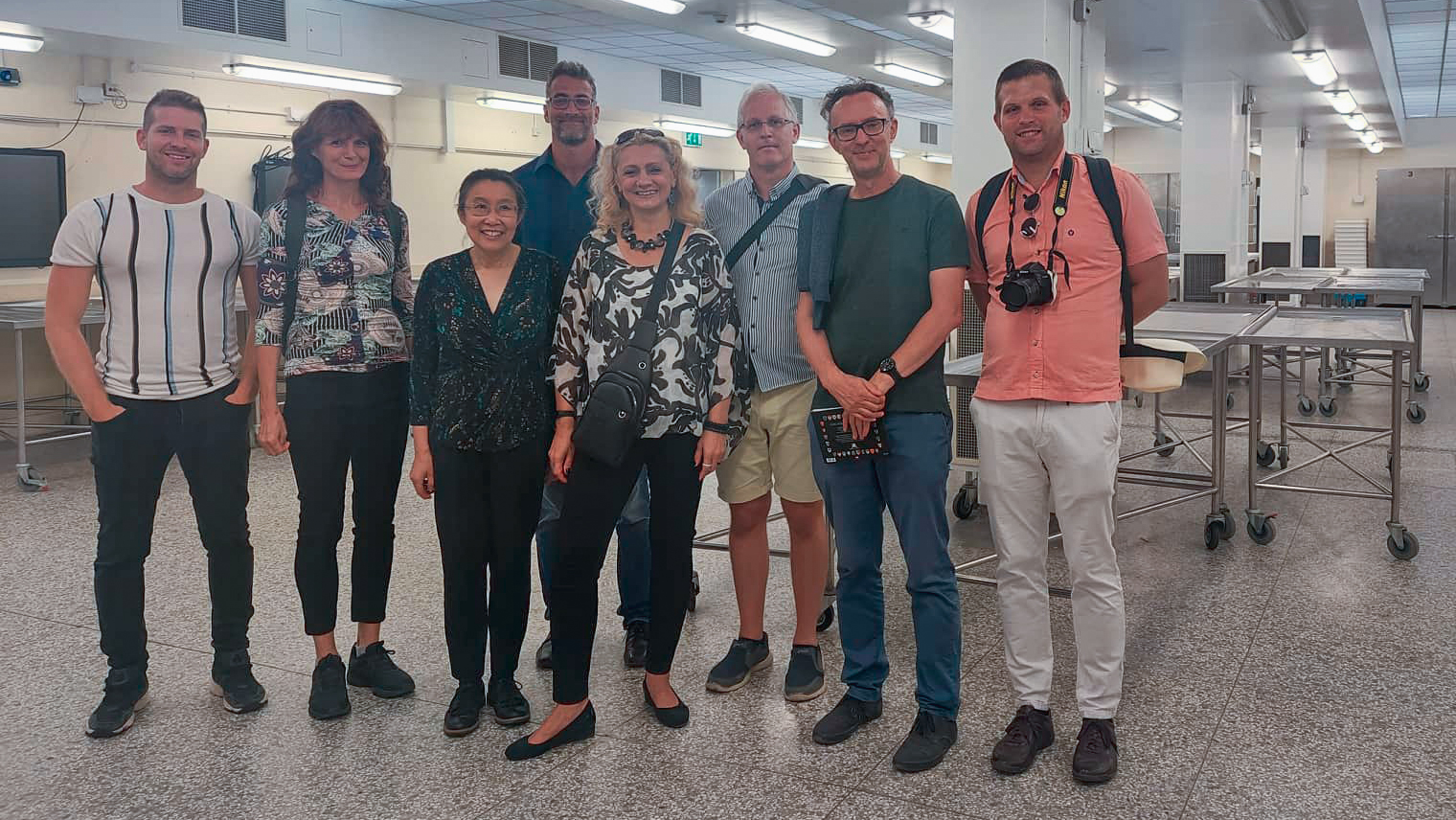
Learning, Teaching, and Training Actions for anatomists participating in the project:
1. "How has the Profession of Anatomists evolved to inspire medical students of the future? " in Cambridge – 08. 2022
2. "Integrating the sustainable development goal 4 on quality education in teaching human anatomy" in Pécs - 06. 2023
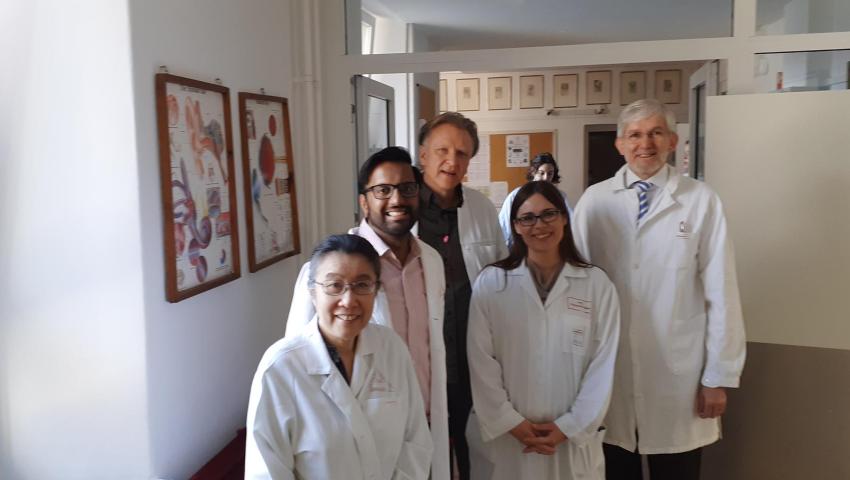
Multiplier Events to disseminate project results for all anatomists of participating Central-European countries:
1. "Symposium on quality of teaching" - Annual meeting of the Society of Hungarian Anatomists, Pécs - 06. 2023.
2. "Symposium on Quality of Teaching Anatomy" - Morphology 2024 - Annual meeting of the Czech and Slovak Society of Morphological Sciences in Telc - 09. 2024
3. "International symposium on teaching in medical education: How to teach human anatomy effectively?" in Zagreb - 10. 2024
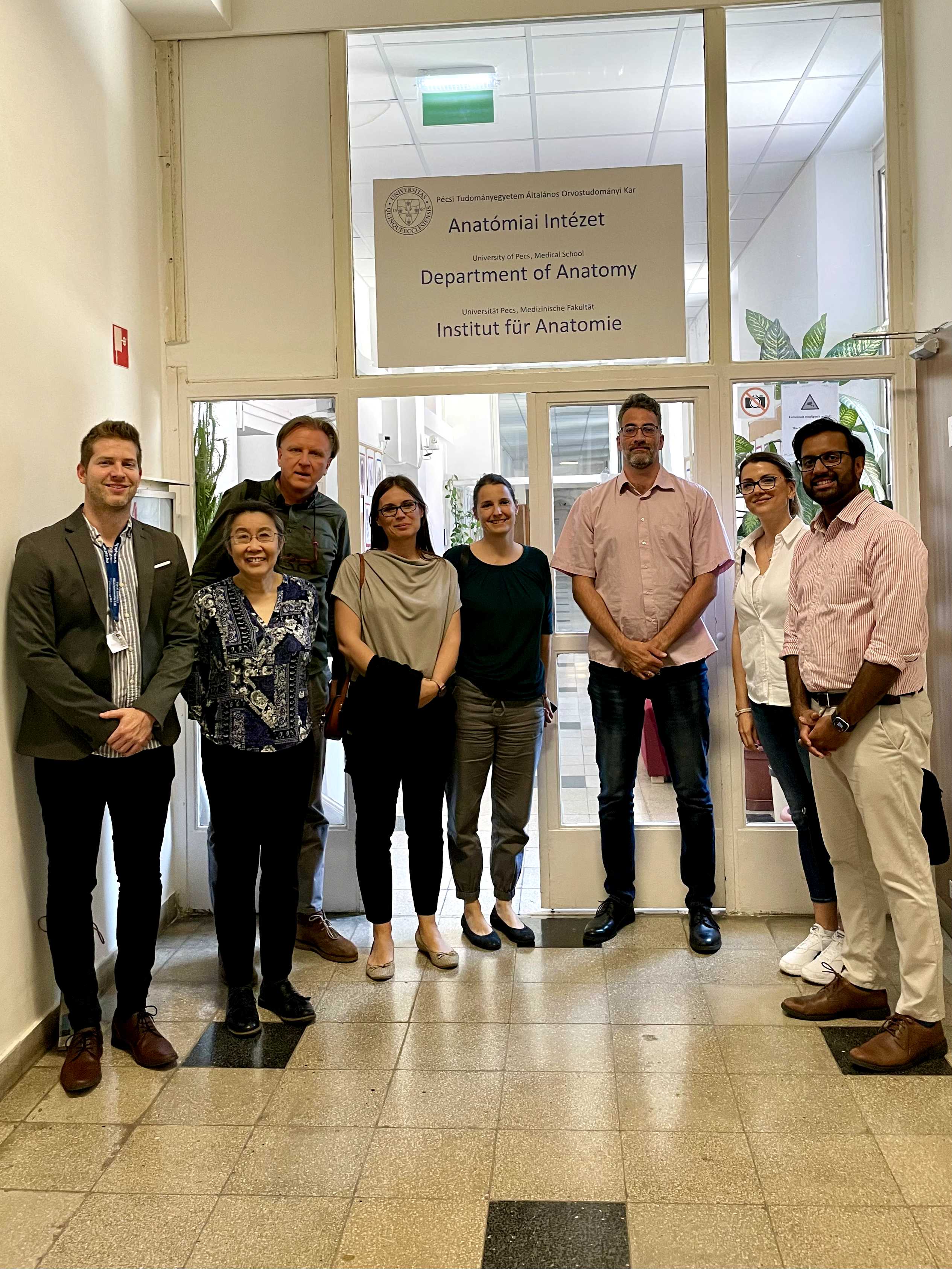
These events were integral parts of the project implementation as follows:
- During the Kickoff meeting, partners discussed the results of the needs analysis. This helped partners to choose which TOPIC of the project they were going to take leadership roles in.
- Designing the first training program for project partners with project experts from Cambridge University and Karolinska Institute. Guest experts from Cambridge University and Karolinska Institute were invited to deliver presentations for project partners about existing policies and best practices of top universities around the TOPICs of the project.
- The partners attended the first training event, actively participated, and raised their concerns about their own teaching traditions in a safe and friendly atmosphere with 4 heads of anatomy departments and 8 course directors of anatomy courses.
- Next, partners were interviewed about their own teaching traditions in a structured qualitative analysis. Their responses were analised and presented during the next training event.
- Partners were asked to prepare a lecture about their local traditions in teaching anatomy. Their presentations were delivered also during the next training event.
- Next, topic leaders have conducted a literature research about their selected LEANbody TOPIC. They created short summaries about the theoretical components of their topics.
- Next, topic leaders have coordinated the creation of new self-assessment tools about theoretical and practical knowledge of their topic. All project participants have filled all 6 survey tools.
- Topic leaders were asked to write an analysis of the survey results of their topic and were asked to create a short summary of their findings.
- Topic leaders, in collaboration with project experts from Cambridge and from Karolinska summarised findings of their topic work and prepared a manuscript for submission for peer review.
- Toipc leaders were asked to prepare presentations about their topics and survey results for multiplier events.
- Topic leaders were asked to prepare learning materials about their topics for the website of the project.
- Partner teams were asked to do pilot testing of the effect of implementing constructive alignment in their courses.
- Topic leaders were asked to prepare learning materials about their topics for the guidebook.
- Topic leaders were asked to prepare learning materials about their topics for the teacher training course (EDUC).
- Heads of departments were asked to write summaries of the history of their departments.
- Heads of departments were asked to write summaries of their curriculum development.
- Finally, all partners were asked to write testimonials about their personal experience in the project.
Participants were expected to gain in-depth knowledge of the legal requirements and international standards relevant to their roles as anatomists and educators. They were able to identify any gaps or misconceptions in their previous understanding of these standards. Additionally, they developed a comprehensive understanding of the history, evolution, and changes in global anatomy teaching traditions, which enabled them to assess both the strengths and weaknesses of their own teaching practices. Heads of departments of partner anatomists have produced for this project a detailed report on the history and development of their local teaching traditions including the latest advancements in their teaching.
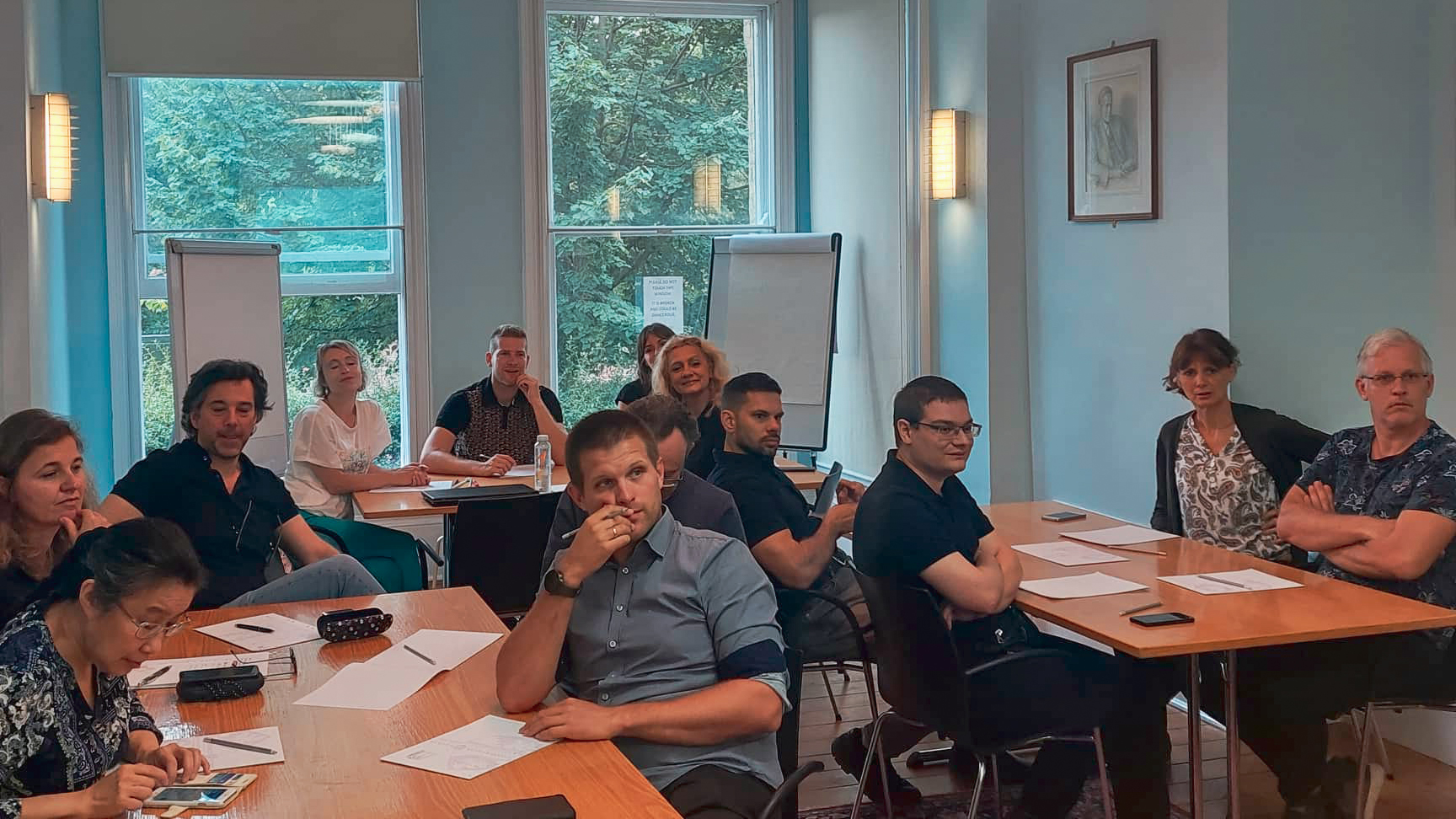
Participants gained an understanding of the pedagogical assessment tools used by experts in medical education. They learned the terminology associated with student-centered learning and identified existing practices in their own teaching traditions that aligned with these principles—many of which they had not previously recognized. They also pinpointed areas for improvement within their teaching practices to better align with student-centered learning. Participants explored the connection between mental health and attitude development, as well as how student-centered pedagogy could influence the mental well-being of educators. They considered sustainability challenges in adopting student-centered pedagogy within their specific university environments as anatomists. They have implemented several of these in pilot actions. Through critical reflection, participants were able to formulate, express, discuss, and evaluate their findings regarding their beliefs and teaching traditions. They also selected the most valuable insights to develop survey tools that could be used to analyze and compare teaching practices in their home countries. These tools facilitated a more objective analysis of teaching practices within their national contexts.
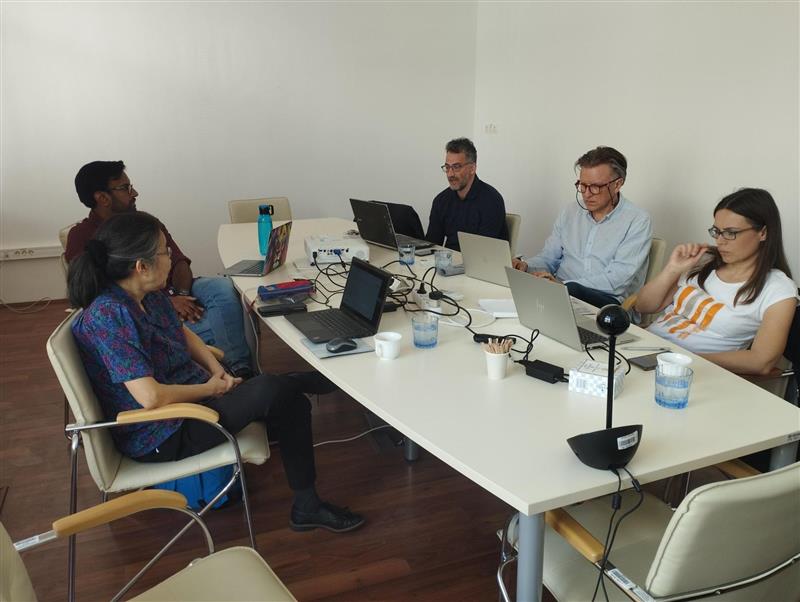
Check out our event reports by clicking below:
Czechia United Kingdom Hungary Croatia



